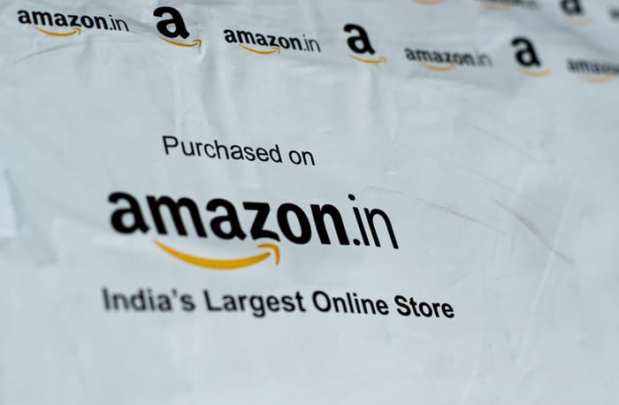Amazon Earmarks $631M For Its India Sectors

Amazon is allocating $631 million (₹4,472.50 crore) to fund its Indian bureaus – Amazon Seller Services, Amazon Pay and Amazon Retail – after cutting earlier losses, Deal Street Asia reported on Tuesday (Oct. 29).
Filings with the Registrar of Companies indicated that the online giant invested roughly $480 million (₹3,400 crore) into its eCommerce marketplace Amazon Seller Services. Its payments platform Amazon Pay in India received about $127 million (₹900 crore). Amazon Retail India is expected to get roughly $24 million (₹172.50 crore).
Amazon Seller Services cut losses by 9.5 percent — about $802 million (₹5,685 crore) — for 2018-19, Reuters said, citing the Press Trust of India Tuesday’s report. Sales grew 55 percent year-on-year to about $1.1 million (₹7,778 crore) in 2018-19.
Amazon Pay India – which competes with Paytm, Flipkart’s PhonePe and Google Pay – saw losses grow to $164 million (₹1,160.8 crore) in FY19 from $47 million (₹334.20 crore) in FY18.
Amazon’s overall revenue increased 24 percent year over year in Q3, reaching some $70 billion, beating analyst estimates of $68.8 billion. (The Q3 results include sales from Prime Day.) But investors didn’t take too kindly to Amazon’s news that its fourth-quarter revenue will come between $80 billion and $86.5 billion, as analysts had expected Q4 revenue to hit $87.4 billion.
Amazon Chief Financial Officer Brian Olsavsky blamed a number of factors for that reduced Q4 guidance. Among them is the recent increase in Japan’s consumption tax, from 8 percent to 10 percent. The last time that happened, he told analysts on the post-earnings conference call, it also produced what he called a negative impact on Amazon’s sales.
The other big news from Amazon’s Q3 earnings is the continuing progress – and accumulating costs – of the company’s push to offer one-day delivery for Prime members. The initiative, launched earlier this year, has already cost Amazon some $800 million and will cost some $1.5 billion more in Q4.
Those figures underscore the stakes involved in cementing even more customer loyalty via those quick deliveries, which the company expects to play a big part in the holiday shopping season.
